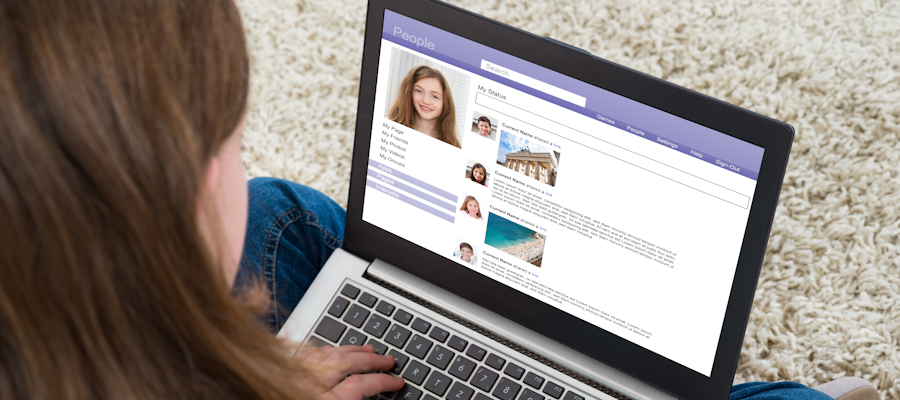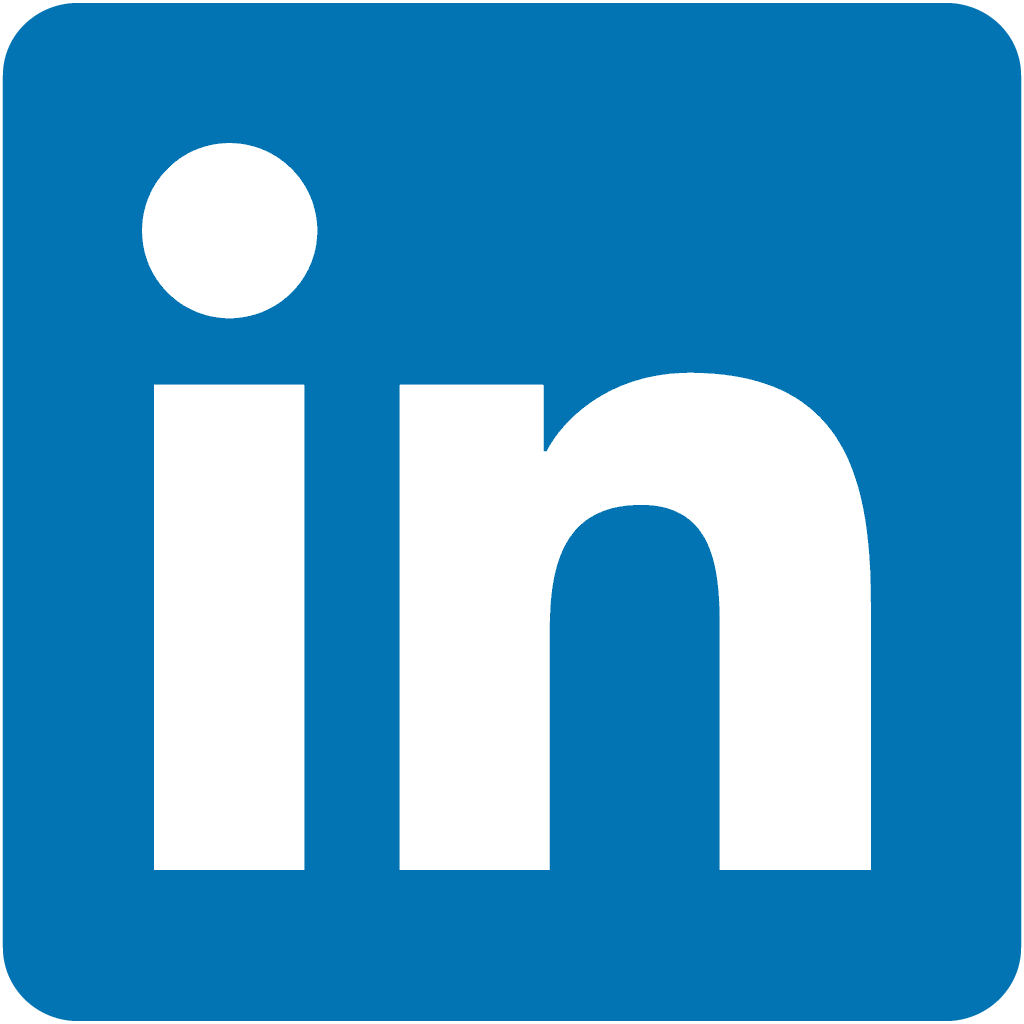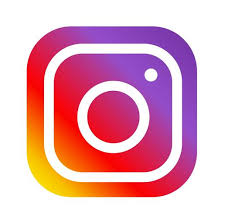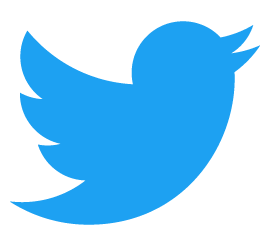
If you’re in business you need to do some marketing to keep your business’s profile visible to potential clients. But what kind of activities should you be doing to market your business effectively?
Marketing today cannot ignore social media as a valuable resource to promote products and services. People go to their social platforms to find what they want rather than consulting the local newspaper or industry press.
Some companies focus a very large proportion of the marketing activities on social media as it’s become a powerful way of reaching a clearly defined audience.
So is your social media operating as a business marketing tool – or are you one of the people who ‘doesn’t do social media’?
The challenge for most business owners is to decide which social media will work best for you – there are so many to choose from. Isn’t everyone on Facebook? Oh no, not any more, they’re now on Instagram – unless your customer base is younger, who, of course, are on SnapChat.
Sorry, what was that? Not Snapchat? Really? OK so TikTok is the latest social platform. How do you keep up?
Pick your platform
This is a business platform. People who are active tend to be focused on business activities rather than purely social. But that doesn’t mean that you should operate as a business only.
The most successful way to connect is through your personal profile, so it’s as important that this is optimised to get found in searches on your key words as it is to have a company page.
People can’t have a conversation with an organisation, they want to know who they’re dealing with and, at the end of the day, people ‘buy’ people first and whatever they represent (their company) second. That means you need to open a conversation and talk to the individual.
Just remember that you’re talking to a person when you start that relationship building process. My English teacher used to lecture us about treating people with respect – and one of her favourite phrases was ‘Do unto others as you would have them do unto you’. If you HATE receiving a sales pitch as the first message after making a connection – don’t do this to other people!
 Be friendly, be interested and comment on their profile intelligently. Nobody is fooled by leading questions about their business or how they do their marketing/IT support/accounts/[insert your business here]. Get to know people first and find out what you can help them with. Give first and you’ll soon find that, if they’re interested in hiring an expert in your genre, they’ll ask for more information.
Be friendly, be interested and comment on their profile intelligently. Nobody is fooled by leading questions about their business or how they do their marketing/IT support/accounts/[insert your business here]. Get to know people first and find out what you can help them with. Give first and you’ll soon find that, if they’re interested in hiring an expert in your genre, they’ll ask for more information.
If the message conversation is going well, offer to have a phone/Skype/Zoom call to get to know each other better. Or, if you’re nearby, a coffee is an alternative.
This doesn’t mean that you shouldn’t actively connect with people who could be potential clients. Even the free LinkedIn account lets you search on company, job title, etc. Be focused on building relationships with the right people, rather than relying on random connections.
Another way to build relationships is to be active in the right groups. Aim to help, offer advice, tips and other valuable information and you’ll attract interest from people who can see you’re an expert.
Facebook isn’t just for dummies
 On Facebook it’s harder to find business connections as Facebook is very social, people post almost anything on there. It can be difficult to separate personal and business activity if you’re just using one profile.
On Facebook it’s harder to find business connections as Facebook is very social, people post almost anything on there. It can be difficult to separate personal and business activity if you’re just using one profile.
However, it’s not a smart move to have two profiles – instead, create a page for your business and people can choose to follow your page, rather than become your ‘friend’. If you want to keep your personal Facebook just for friends and family, you’re in control of who you accept as a friend.
Some of your customers may become friends, but you can choose if you let them join your ‘inner circle’. It may depend on what you post – and what your existing friends post. Make an informed decision before just accepting a friend request – and make sure that your privacy settings are appropriate.
Personally, I have two adult children who occasionally post things I probably wouldn’t share with purely business connections. However, some people do use their personal profiles for business, but not for much else. It just means you need to make a value judgement.
 Facebook filters are now so rigorous that even people who have liked your page, may not see your posts. If you use an external social media management tool for scheduling posts – like Hootsuite or Buffer – you’re almost invisible. Facebook gives you more visibility, if you’re actually posting directly on the platform.
Facebook filters are now so rigorous that even people who have liked your page, may not see your posts. If you use an external social media management tool for scheduling posts – like Hootsuite or Buffer – you’re almost invisible. Facebook gives you more visibility, if you’re actually posting directly on the platform.
Even so, you’ll need to be active, maybe run some low-level ad campaigns (that’s how Facebook makes its money) to improve engagement and make your Page one that people actively come back to – because the content is brilliant!
The better the engagement on your page, the less you pay for your ads. This is Facebook’s ‘reward’ for being present on their platform.
Instagram – picture perfect
 Facebook bought Instagram because they saw how popular it was. It seems that we all love taking pictures – and sharing them with the world. Nothing is too boring to be snapped and an eager audience laps up every weird and wonderful image!
Facebook bought Instagram because they saw how popular it was. It seems that we all love taking pictures – and sharing them with the world. Nothing is too boring to be snapped and an eager audience laps up every weird and wonderful image!
For businesses Instagram has become a powerful tool. Beautiful images that attract the eye are great ways to get people’s attention, so it’s important to give this some thought, rather than simply uploading an ad for your product or service. The more creative you are the better.
Short videos make an even better impact. Joe Wickes (The Body Coach) made a fortune from smart use of Instagram and built a reputation (and fortune) from his wacky 15-second speeded up recipes and before and after pictures of his students.
Like all these platforms the secret is in being consistent and – as with any good business strategy – a plan is essential.
Instagram doesn’t really work very well on a laptop or desktop, it’s designed for the smartphone/tablet, so bear that in mind when you create your images – words in the image can be too small to read. And long captions are boring!
Also remember that Instagram doesn’t let you include a live link in your caption or image – so the only clickable link will be your company website. Instagram advertising has all the features that Facebook offers and is linked to the Facebook demographics tools to let you target your ads really well. It is a good option if your audience is on Instagram.
Twittering
 Many people still don’t really ‘get’ Twitter, it seems so random and many people are unsure how effective it is.
Many people still don’t really ‘get’ Twitter, it seems so random and many people are unsure how effective it is.
I think it’s a bit like a joining the dots exercise. You connect to someone and you have potential access to their audience – if they share your posts by retweeting. That means that, while you may only have a few hundred followers, if some of those have thousands, your reach extends.
The downside to this is that you have to post really good content to get retweeted.
I think Twitter is good discipline for people to keep their thoughts short and succinct. We all get so much information every day, online, via email and even through the good old postal system, that it’s hardly surprising that attention spans have shortened.
We have to reduce reading time so we only read what we need to or want to. So a Twitter post is effectively a short summary of something. If you get your post right, and provide a link to the expanded information, those people who are interested can choose to go and look at the longer version.
Twitter is a great forum for questions and answers. Ask your followers for help and you’ll find plenty of people respond. Journalists know this and use Twitter very effectively to track down experts and case studies for their articles. The corollary of that is that, if you show up as an expert, you might find yourself getting coverage. And, if you use Twitter to search you could find PR opportunities.
Every picture tells a story
 And with Pinterest you can upload images – with up to 500 characters to describe them and add information. Unlike Instagram you can choose where the live link goes.
And with Pinterest you can upload images – with up to 500 characters to describe them and add information. Unlike Instagram you can choose where the live link goes.
Lots of people think Pinterest is for kids and women who are looking for fashion, décor and craft ideas – and if they’re your target audience then – hello! However, while Pinterest users are predominantly female, they’re not just passing a few moments alleviating their boredom. Pinterest is where many people go to research products and things that they want to buy.
 It’s also where people go to learn – the plethora of infographics provide tons of useful information for business people on a whole range of subjects. While they won’t be the in-depth nitty gritty on a subject, they will give you loads of tips and point you at places where more information is available.
It’s also where people go to learn – the plethora of infographics provide tons of useful information for business people on a whole range of subjects. While they won’t be the in-depth nitty gritty on a subject, they will give you loads of tips and point you at places where more information is available.
If you use a tool like Canva (other applications are available) you can create attractive graphics with a little experimenting. Give your boards names that reflect what people search for and you can create a stream of interested people. All you have to do is find ways to engage them – be creative!
Visiting the movies
 You can’t ignore YouTube – although if you’re not comfortable in front of the camera, it can be tempting to try. However, you don’t have to be a talking head to make great videos.
You can’t ignore YouTube – although if you’re not comfortable in front of the camera, it can be tempting to try. However, you don’t have to be a talking head to make great videos.
The days when shooting any kind of film was an expensive activity have gone. Now we all have a high quality video camera in our pockets and the focus is on value, rather than technical excellence.
Of course, if you want corporate video, you’ll need experts to do that for you to present your business professionally. However, YouTube thrives on the immediacy of self-shot video content – as long as the clip is interesting, offers valuable information or is entertaining – or all three.
You don’t have to please everyone – but you do need to know what will tick your target audience’s boxes. Creating video can be done with a video camera (aka your smartphone) or use a PowerPoint presentation converted to slides using one of the many applications available, such as ShowMore or ContentSamurai. You can create animated slides with something like Doodly.
You can even use static images with just a few words and some royalty-free background music.
Better still, if you know how, you can easily get your videos onto the front page of YouTube for your key words (want to know more? Ask me!)
Getting your ducks in a row
 Of course, there are many other social platforms – these are just the well-established ones. Snapchat and TikTok are both used for business by certain companies, but are still not mainstream for business promotion for most.
Of course, there are many other social platforms – these are just the well-established ones. Snapchat and TikTok are both used for business by certain companies, but are still not mainstream for business promotion for most.
If you’ve read this far (thank you) you’re probably wondering how on earth you will find time to do all these things. I suggest that you take a step back and first think about your strategy.
What do you want to achieve from social media? This will need to be more specific than ‘get more business’! Who do you want to influence, connect with, engage with?
You will benefit from developing a connection strategy. This doesn’t have to be rocket science – just a few basic ‘rules’.
- Which social platforms are the best for your business?
- Which social media will you use for mostly personal or mostly business use (or not at all)?
- What kind of material will you post – for business and personally – and how often?
- If you’re using a social platform for both business and personal, what do you want your business connections to know (and not know) about you?
- What activities will you undertake on each platform besides posting content? g. activity in groups, on Pages, in forums.
- How often will you monitor your business social media activity?
- How will you measure success? Beware of simply counting connections – having 1000 connections on LinkedIn or 1000 followers for your Facebook Page doesn’t count if none of them are talking to you. A connection isn’t a relationship.
TIP: Never post on social media after drinking more than one glass of alcohol – it’s been the downfall of many!
Social media is a fantastic way to get to know people who may become either customers or advocates. Make sure you keep your reputation shining bright.
